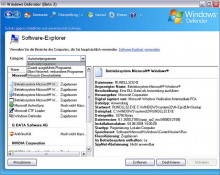Mac Trojan poses as PDF
Multiple security companies are warning that they have received samples of a new Mac Trojan. It seems that the Trojan has yet to be seen in the wild.
Dubbed Revir.A, the Trojan poses as a PDF file. Masking an executable as a document is a well-known trick.












































































